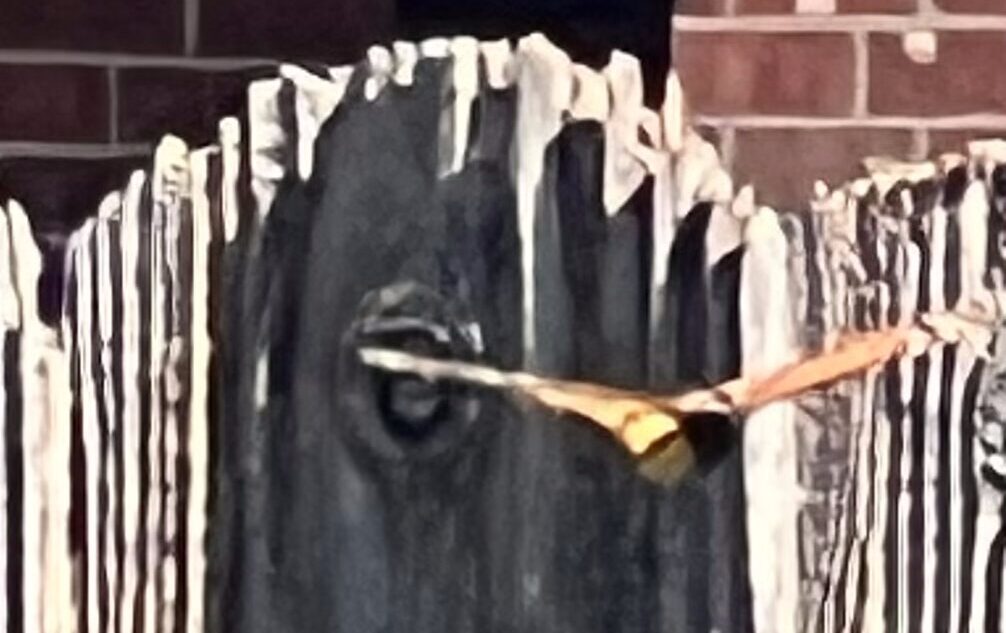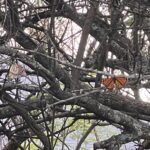
Monarch Migration 2025
We are in the midst of the “Great Monarch Butterfly Migration of 2025.” Look around, and you will see several Monarch Butterflies either flying or perched on a nectar plant, feeding before their journey. As the daylight begins to get shorter, the temperature starts to cool, and the earth tilts at 23.5 degrees, they know it’s time to pack up and head to Mexico for the winter—“overwintering.”
Now, planning and preparation for the next season begin. Walk around your yard or whichever area you utilize for your Monarch Butterfly habitat and/or sanctuary. Refer to your notebook to list all the things that went well and should/be duplicated, and all the things that did not go well and need to be modified, improved, or even eliminated and replaced. I like to sketch the different flowerbeds as they are, and as I cross out the negatives, I have a visual of the improvements needed. I find it extremely helpful to refer to the photos that I have taken during the year. Taking advantage of the “time stamps” as this helps insure that we have nectar and/or pollinator plants from late winter/early spring throughout the summer and into late autumn/early winter.
Now is the optimal time for some transplants, you know: I like this plant; however, it will do better and serve the garden over there. Several varieties of plants are best transplanted before the first frost, which is coming.
Note! I do not trim back any of my plants that are flowering yet. The passing Monarchs need to refuel for the journey. I have seen at least one and up to eight a few times. I even, on a few occasions, have had a “slumber party,” which is my affectionate name for when the Monarchs spend the night in one of our trees and/or bushes.

True to form, things do not always follow our plan. I have begun the process, as you can see. Some beds are being transformed as the old are removed, and new ones will be planted and mulched over until planting time. Next, I have moved some “Swamp Milkweed” from an area that has remained too dry and full sun to an area that receives partial sun and stays slightly damp; they should flourish. Our Cosmos, both orange and sulfur, are reported to grow 2′-3’ in height. Someone forgot to tell them, or they are having an identity crisis and are reflecting the “Garden” or “Wild” variety, as they are seven(7’) to twelve (12’) feet in height. Obviously, they will need to be moved and staked with a larger, more sturdy mount because of their beauty and attractiveness to the butterflies, honey bees, and bumblebees. This stresses the importance of timing; they are feeding our wildlife pollinators. So for these, I can consider and shop for the best trellis, stanchion, or stake.

Comments (0)